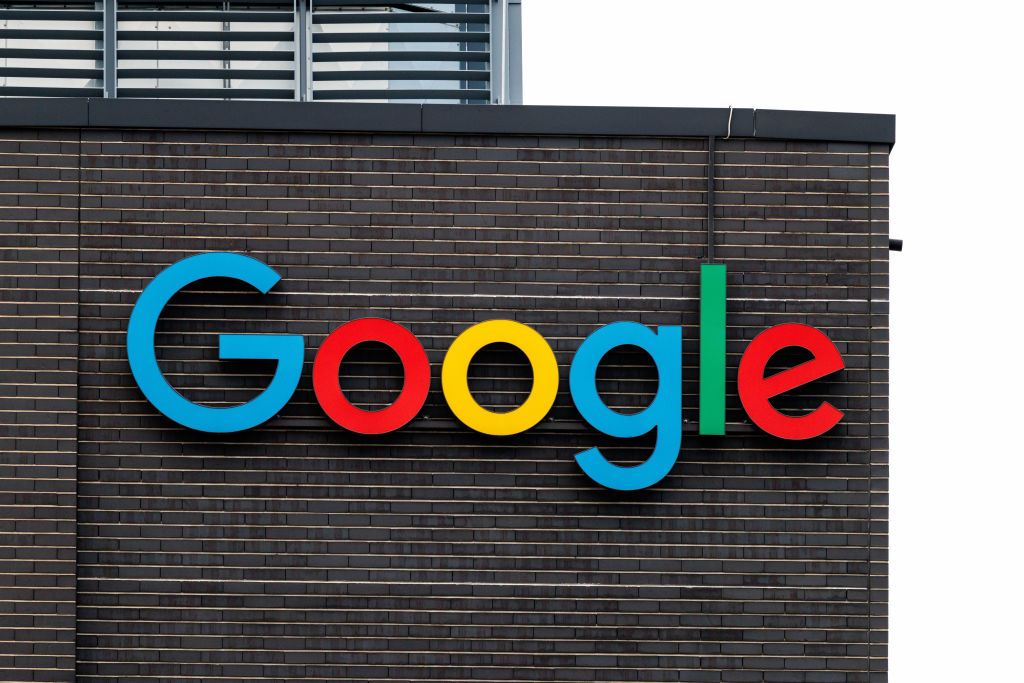Users are employing Google’s latest AI model to eliminate watermarks from images.

Controversy Surrounding Google’s Gemini AI for Watermark Removal
Recently, users on social media have discovered a contentious application of Google’s new Gemini AI model, specifically its ability to remove watermarks from images. This includes images from prominent stock media providers such as Getty Images.
What is Gemini 2.0 Flash?
Last week, Google introduced expanded access to its Gemini 2.0 Flash model’s image generation capabilities. This model allows users to generate and edit visual content directly. Many users have described this feature as incredibly powerful, but it appears to come with minimal restrictions. Notably, the Gemini model can create images featuring celebrities and well-known copyrighted characters, and, concerningly, it can also effectively remove watermarks from existing photographs.
User Experiences with Watermark Removal
Several users on platforms like X (formerly known as Twitter) and Reddit have reported that the Gemini 2.0 Flash model isn’t just able to erase watermarks. It also makes an effort to fill in the areas left behind when a watermark is deleted. While many AI tools have this capability, Gemini 2.0 Flash is proving exceptionally adept, with some users praising its effectiveness and the fact that it is free to use.
One user quoted it as a "new skill unlocked," while others have noted its ability to subtly add its own watermark in place of the original. Some users remarked on how impressive the editing capabilities are with simple text prompts.
Restrictions and Limitations
As of now, the watermark removal feature in Gemini 2.0 Flash is classified as “experimental” and “not intended for production use.” It is currently available exclusively in Google’s developer tools like AI Studio. However, it’s important to note that this model is not flawless. It struggles with semi-transparent watermarks and those that cover significant sections of an image.
This lack of restrictions may become a point of contention for copyright holders who could be concerned about the ethical implications of such capabilities. In contrast, other AI models, such as Anthropic’s Claude 3.7 Sonnet and OpenAI’s GPT-4, explicitly prohibit watermark removal. Claude’s model goes so far as to label the act as “unethical and potentially illegal.”
Legal Implications of Watermark Removal
Removing a watermark without the original owner’s consent is classified as illegal under U.S. copyright law. According to various legal sources, including law firms that specialize in copyright issues, this practice is prohibited, with only rare exceptions allowed. Therefore, the potential misuse of Gemini’s functionality could lead to legal challenges for users who remove watermarks from copyrighted images.
User Reactions and Industry Response
The unfolding scenario surrounding Gemini 2.0 Flash has sparked significant conversations online. Some see it as a breakthrough in image editing, while others highlight the ethical and legal concerns associated with watermark removal. As societal norms around digital content continue to evolve, platforms like Google will likely need to respond to the growing outcry from copyright holders and industry advocates.
In summary, Google’s Gemini 2.0 Flash has introduced powerful image editing features, including watermark removal, but it also poses serious questions about copyright ethics and legality. As users explore these capabilities, the implications for creators and copyright owners will need to be addressed by both the technology developers and legal frameworks.






